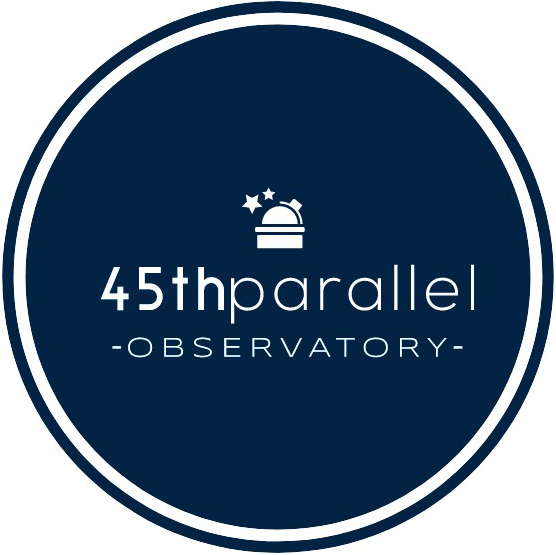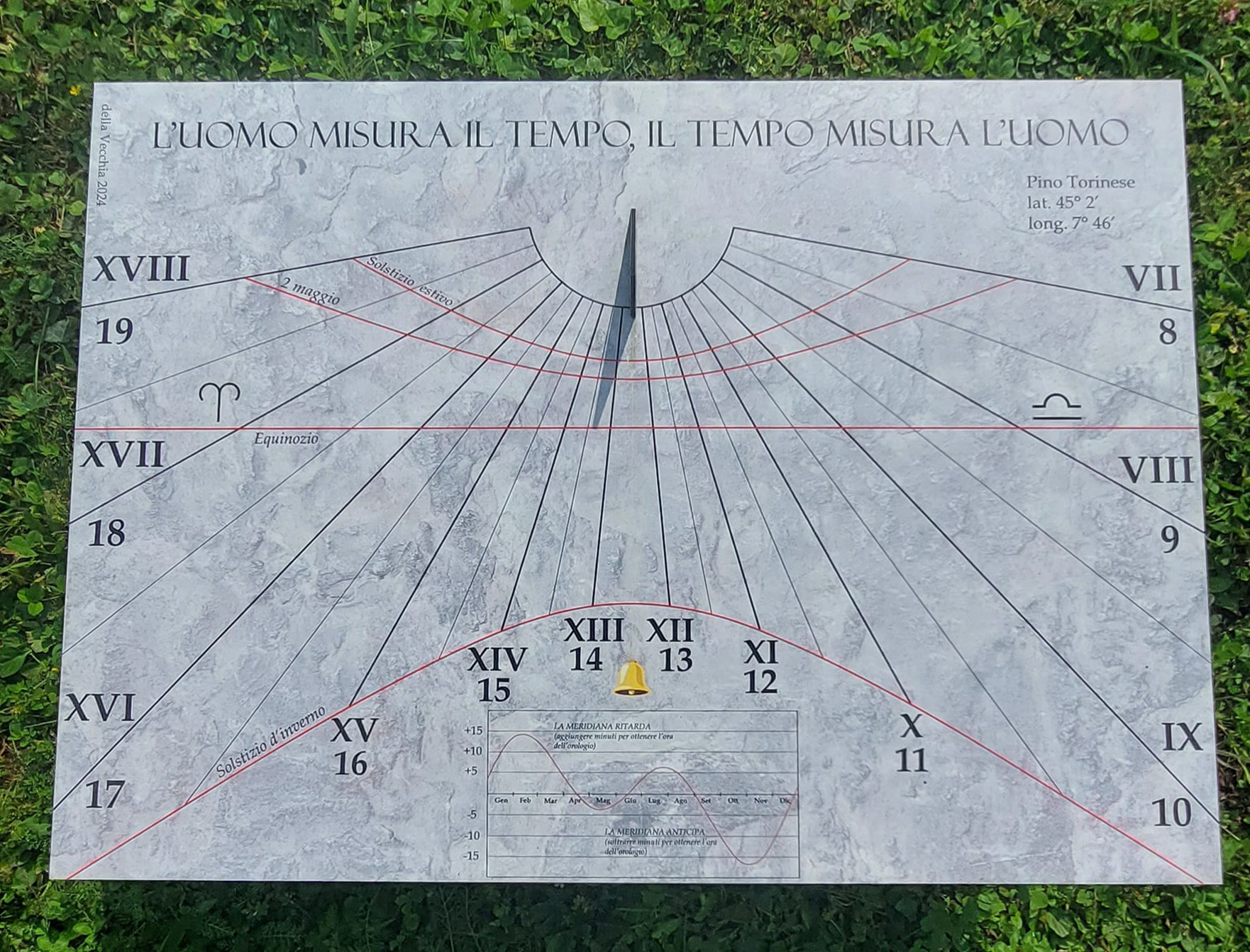The "45th parallel Observatory", recognized by the Minor Planet Center, is located on the Turin hill, very close to the INAF Pino Torinese Observatory (IAU code 022). The altitude is approximately 500 meters asl. The name chosen comes of course from the latitude of the site, just a few kilometers away from the parallel of the same name.
The main OTA hosted in the observatory is a 40 cm f/20 Classical Cassegrain, produced by CFF. This is assisted by an excellent Ritchey-Chrétien GSO 10″ f/8 for smaller image scale and/or larger FoV work. Both telescopes can work with a faster focal ratio via the 0.67x CCDT67 reducer by Astrophysics.
The activities carried out are mainly:
- monitoring the atmospherical activity of Solar System planets (from UV to near IR bands, methane included);
- asteroid astrometry (Near Earth Objects confirmation and recovery);
- double stars astrometry;
- low-res spectroscopy with Star Analyzer 100/200.
Soon photometry works will be carried out (asteroid lightcurves, Gamma Ray Bursts).

Observatory logo
The sundial
The Observatory hosts, as per tradition, an horizontal sundial, designed by me and printed by a specialized company on a 3 mm thick D-bond aluminum panel. The dimensions are approximately 50×70 cm, while the triangular gnomon has the hypotenuse exactly 10 cm long. I chose this type of sundial instead of a vertical one, both because I didn't have an appropriately oriented wall and because of the lower construction complexity.
The sundial marks the (true) time of the time zone, and allows you to read the winter hours (in Roman numerals) and the summer hours (Arabic numerals). In this type of solution, the 12 o'clock hour line (13 in summer) is not vertical but inclined at an angle which depends on the distance in longitude of the site from the reference meridian for the time zone.
Time marked by such sundial differs by no more than 15 minutes from that of the clock. This difference corresponds to the important equation of time, tabulated below. By following the instructions given, it is possible to easily switch, albeit approximately, from solar time to civil time, i.e. clock time. True noon (culmination of the Sun) is instead indicated by a golden yellow line, lying on the axis of symmetry, surmounted by a bell as usual.
In addition to the hourly and mid-hour lines, which indicate the time by means of the inclination of the shadow, there are various diurnal lines, in thick red. Through the latter it is also possible to obtain indications of the season, depending on where the tip of the shadow is located. The curve closest to the gnomon is that of the summer solstice, the day with the shortest shadows of the year; on the other side, we find the corresponding curve of the winter solstice. Centrally, the equinoctial line: only at the two equinoxes, in fact, does the tip of the shadow describe a segment and not an hyperbola branch.
As a personal touch I added the diurnal line for May 2nd, my birthday.


